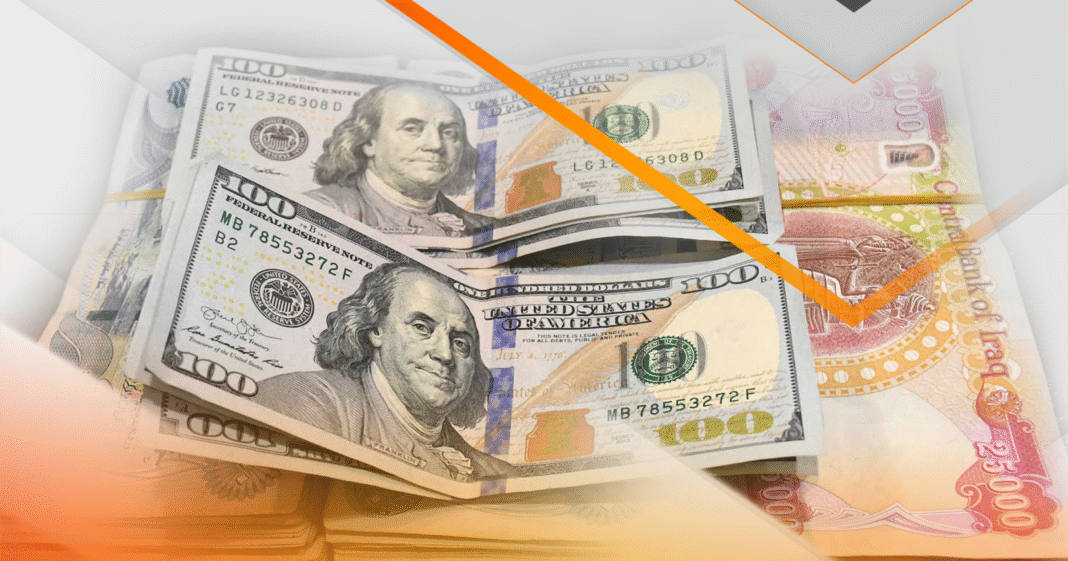The Iraq dinar exchange rate showed slight improvement against the US Dollar on Saturday, as markets in Baghdad and Erbil reported lower rates.
In Baghdad, the exchange opened with a minor dip in the dollar’s value. Rates at the central Al-Kifah and Al-Harithiya stock exchanges settled at 141,300 Iraqi dinars for every 100 US dollars. This marks a small drop compared to Thursday’s rate of 141,400.
Meanwhile, currency exchange stores in the capital reflected this shift. Selling prices stood at 142,250 dinars per 100 dollars, while buying rates reached 140,250. The slight strengthening of the dinar reflects a cautious market trend seen over the past week.
In Erbil, the exchange rate also followed the downward pattern. The dollar sold at 141,100 dinars, with the buying rate close behind at 140,950. The overall movement indicates growing market stability, though rate changes remain small.
Analysts say that the Iraq dinar exchange rate has been responding to steady interventions by the Central Bank of Iraq (CBI). Efforts to narrow the gap between official and market rates continue, including tightening controls on currency flows and expanding access to foreign exchange through licensed banks.
Despite international currency fluctuations and regional pressures, Iraq’s dinar remains relatively stable. Factors such as oil revenue performance, US dollar liquidity, and financial policy all contribute to short-term exchange behavior.
Currency traders in both cities noted a modest improvement in transaction volumes. They credited increased confidence in the dinar and improved FX access. However, they also stressed the need for continued oversight to prevent informal market disruptions.
The Iraq dinar exchange rate is considered a key economic indicator. Changes in exchange levels often affect inflation, import pricing, and public perception of economic stability.
Looking ahead, exchange trends will likely continue to reflect government policy, global dollar strength, and domestic demand for foreign currency. Any sharp changes in oil prices or dollar supplies may influence future movement.


